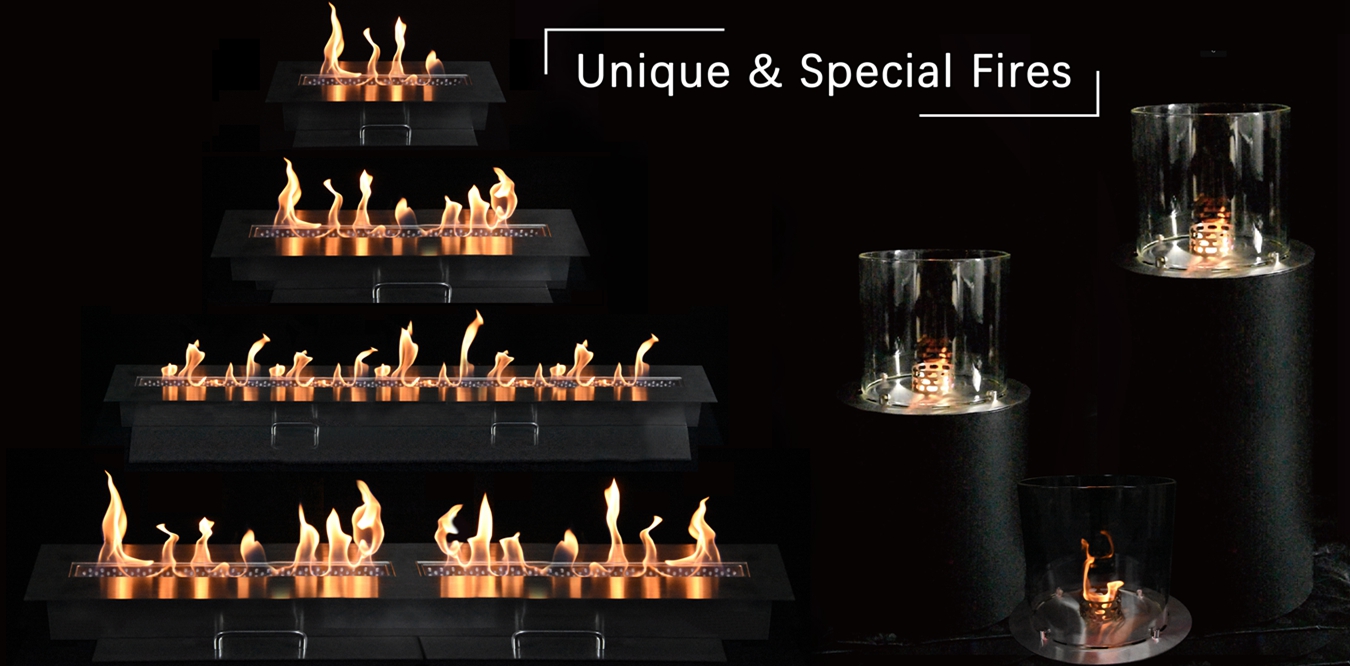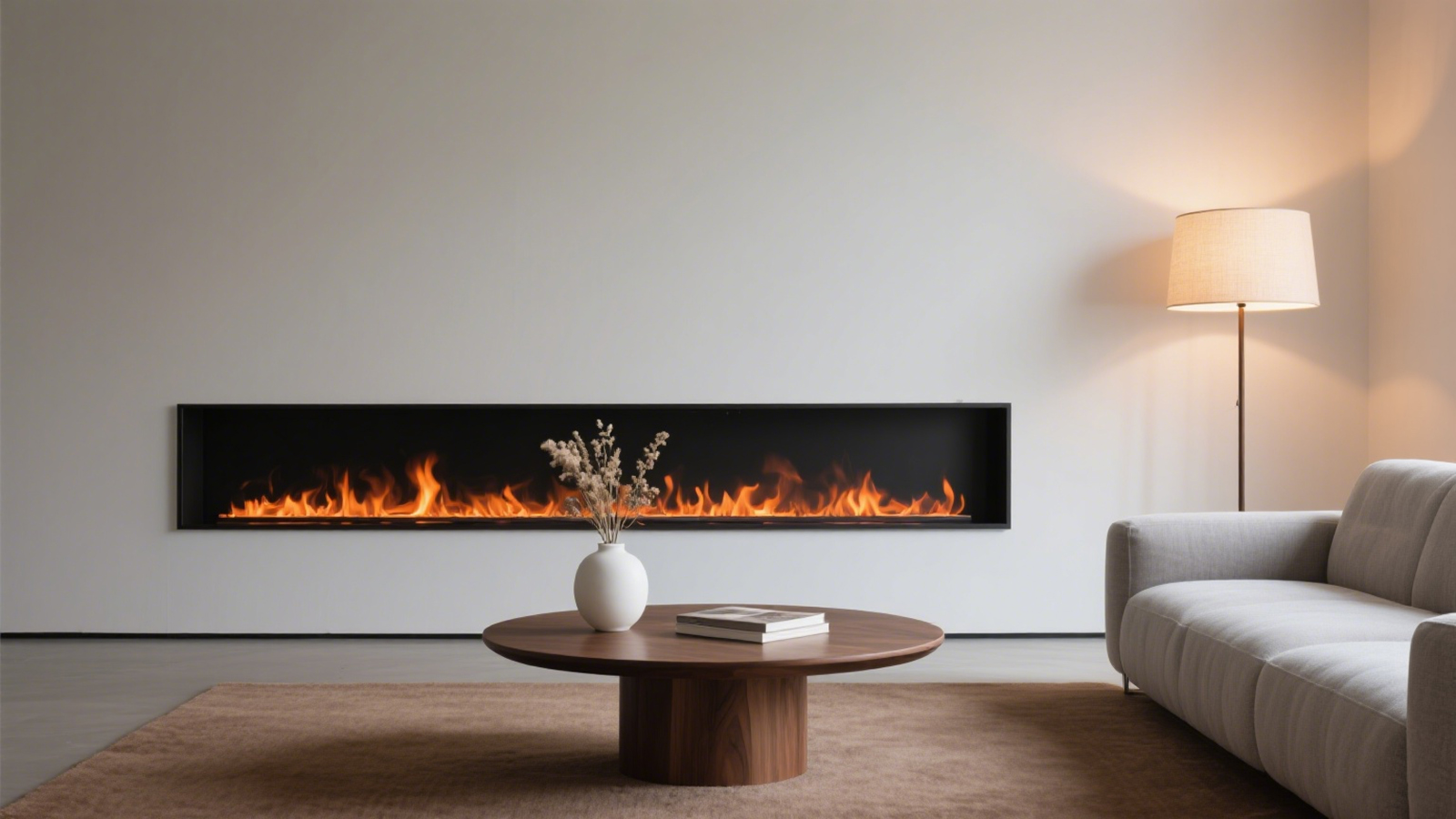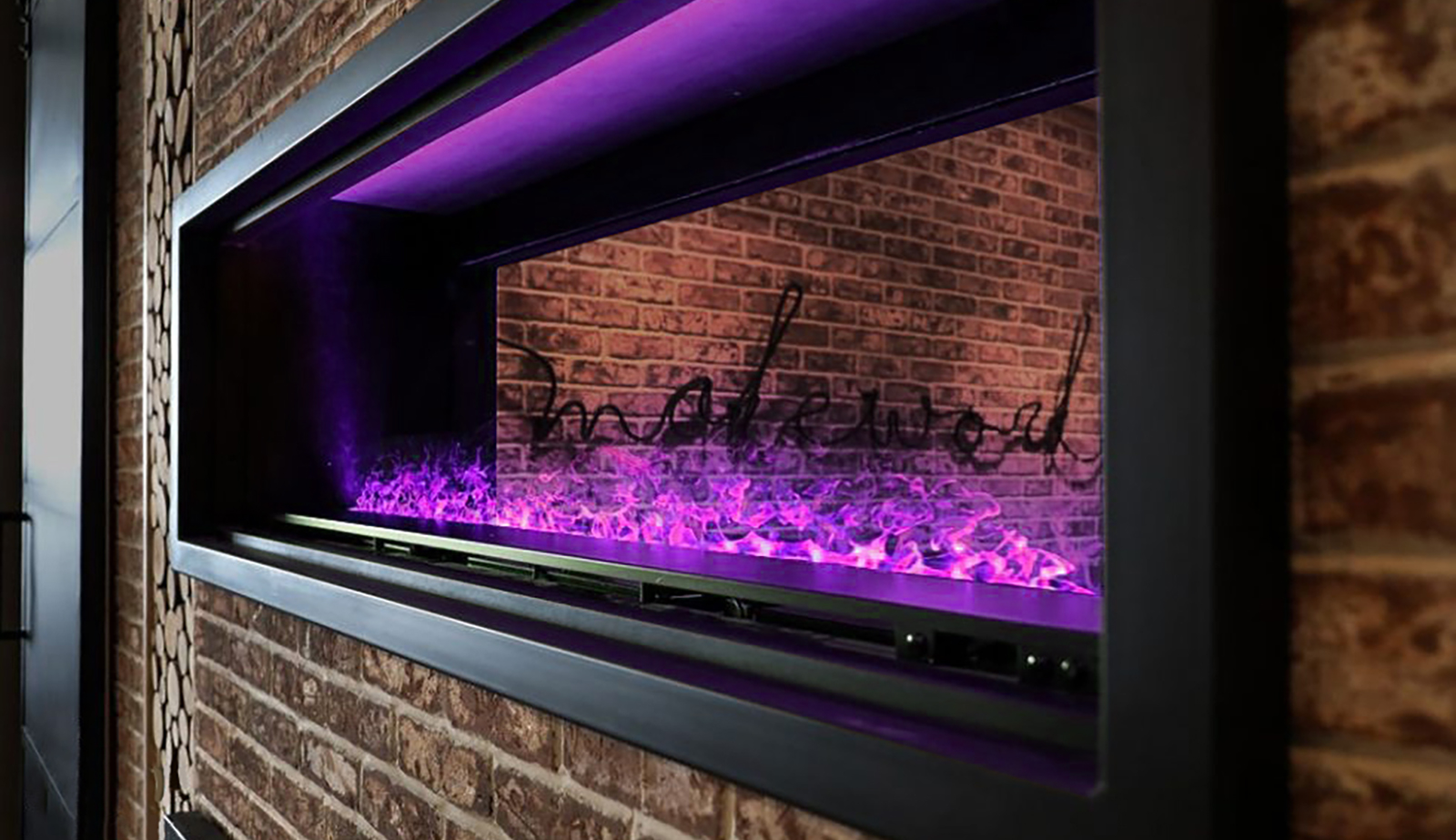Ancient Beginnings: Where the Hearth First Roared
Humans and fire go way back. As early as 400,000 years ago, ancient human beings were using fire in open spaces. But the shift to indoor fire use? That’s where the magic really starts.
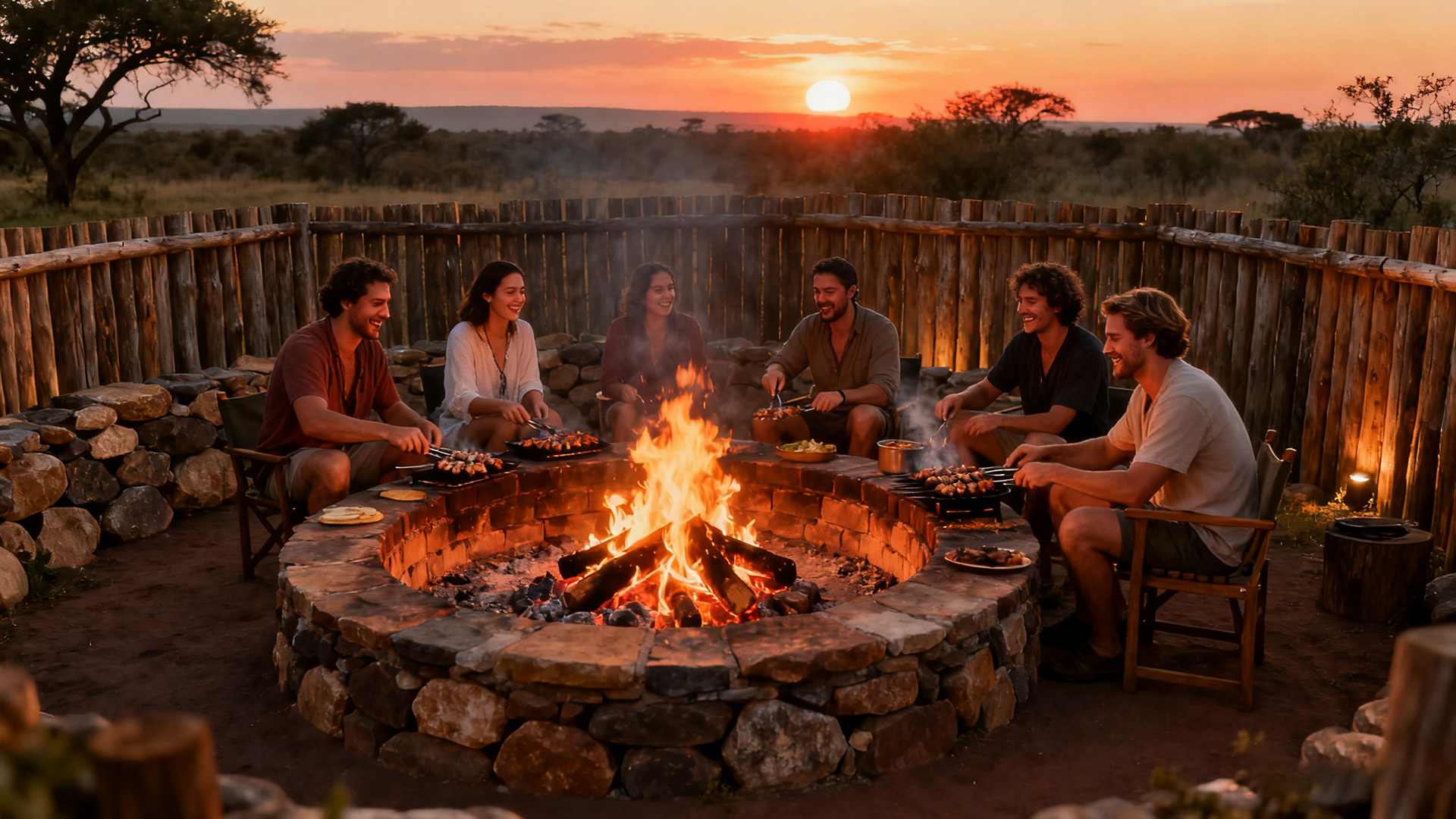
- Neolithic Europe:Early homes in places like Scotland and Orkney had central fire pits. No chimneys yet—just a hole in the roof to let the smoke out (sort of).
- Mesopotamia and Egypt:Hearths were often placed outdoors or in semi-enclosed courtyards for cooking. Heat was important, but smoke control? Not so much.
- China:Around 5,000 years ago, rudimentary stoves began appearing. These evolved into the kang—a raised, heated bed built into homes.
In short? We’ve been finding ways to live around fire for a very long time—sometimes with clever solutions, and sometimes just holding our breath till the smoke cleared.
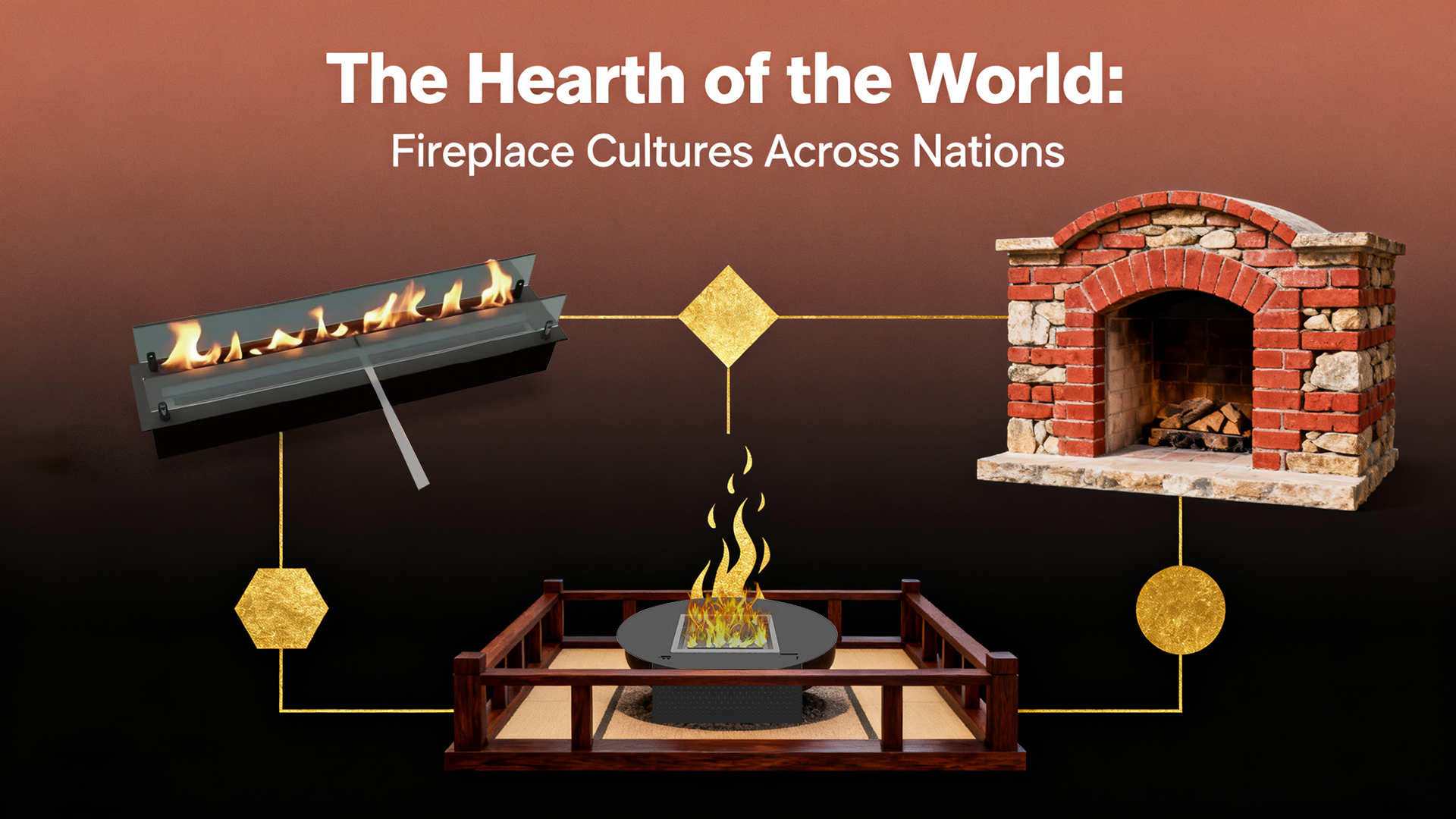
A Global Snapshot: Fireplace Cultures by Country
To kick off our exploration, here’s a visual breakdown of key fireplace traditions, designs, and cultural roles from five nations. Each entry highlights what makes their relationship with fire unique.
| Country | Traditional Fireplace Design | Cultural Role & Rituals | Modern Adaptations | Visual Highlight (Imagine This!) |
| Iceland | Stone “heimilisfjárn” (home hearth) with a wide, shallow firebox; often built into the home’s center. | – Central to winter survival (temperatures drop to -30°C!).- Gatherings for storytelling and “ jólabókaflóð” (Christmas Book Flood).- Symbolizes protection against spirits. | Energy-efficient wood-burning stoves with glass doors; some homes retain original hearths as decor. | A cozy Icelandic cottage at dusk: smoke curls from a stone chimney, and inside, a fire glows beside a pile of new books. |
| Japan | “Irori” (sunken hearth) – a square pit in the tatami – mat floor, lined with stone; no chimney (smoke vents through the roof). | – Used for cooking (e.g., “shabu – shabu” hot pot) and heating.- Part of tea ceremonies and family meals.- Teaches mindfulness (tend ing the fire requires care). | Modern “kotatsu” (heated tables) replace irori in cities; rural homes preserve them. | A family sitting cross – legged around an irori, stirring a pot of miso soup as smoke drifts gently upward. |
| United States | Colonial – era brick fireplaces (large enough to cook over); modern “mantel fireplaces” with decorative surrounds. | – Historic role: Cooking, heating, and gathering during harsh winters.- Modern rituals: Hanging stockings at Christmas; roasting marshmallows on summer fire pits.- Symbol of “home sweet home” in pop culture. | Electric or gas fireplaces (low maintenance); outdoor fire pits for backyard parties. | A suburban American living room: A Christmas tree glows next to a brick fireplace, with stockings dangling from the mantel. |
| South Africa | “Boma” – an outdoor circular hearth surrounded by stone or wood, with no roof. | – Cultural roots: Used by Zulu and Xhosa communities for warmth, cooking, and community meetings.- Modern use: Backyard bomas for braais (barbecues) and evening conversations.- Represents unity and connection to the land. | Stylized bomas with built – in grills; some resorts use them for cultural experiences. | Friends laughing around a boma at sunset, grilling boerewors (sausages) as the fire crackles. |
| Sweden | “Kamin” – sleek, modern fireplaces (often wall – mounted); traditional “peis” (tile stoves) that retain heat. | – Winter survival: Peis stoves heat homes for hours with one fire.- Rituals: “Fika” (coffee breaks) by the fire; lighting candles near the hearth for “hygge” (coziness).- Design focus: Minimalism and functionality. | Eco – friendly pellet stoves; fireplaces integrated into open – concept living spaces. | A Swedish apartment: A wall – mounted fireplace glows beside a sofa, where someone sips coffee and reads a book on a snowy day. |
Diving Deeper: The Stories Behind the Flames
Numbers and designs only tell part of the story. Let’s explore two cultures where fireplaces are deeply intertwined with identity.
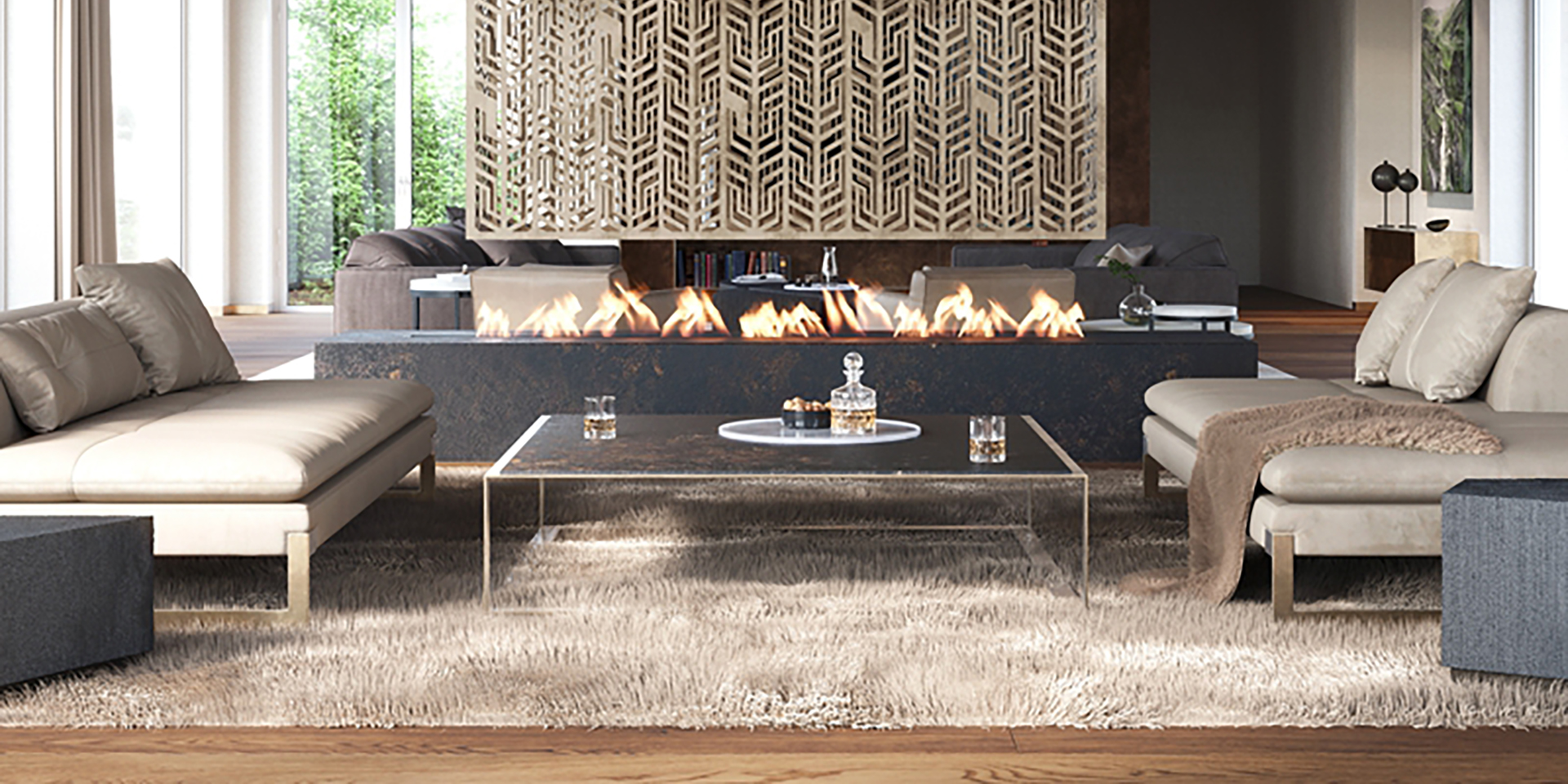
Fireplaces Today: A Global Blend
These days, fireplaces come in every shape and style imaginable. You’ve got ultra-sleek glass-fronted gas units, rustic wood-burning stoves, ethanol burners for tiny flats—and yes, even fake log videos looping endlessly on your telly.
- Eco-conscious trends:People are opting for clean-burning alternatives, like pellet stoves or electric fires with smart thermostats.
- Design-led hearths:The fireplace is often now a design feature, not just a heat source—floating mantels, asymmetrical surrounds, bold tiles.
- Heritage meets tech:In some homes, ancient hearths are being modernised with inserts or hybrid systems that blend old-world charm with efficiency.
We might not rely on fireplaces for survival anymore, but they’re still at the heart of how we make a space feel like home.
Final Thoughts: One Fire, Many Stories
Whether it’s a medieval hearth, a clay stove, or a modern electric log flickering behind glass, the essence is the same. Fire connects us—to each other, to comfort, and to the past.
So next time you light your fire, think of the people who stood in front of theirs centuries ago. Different languages. Different clothes. But the same simple joy of warmth on a cold evening.
It’s not just a fireplace. It’s a flame passed through history—now resting, just for a moment, in your living room.
